Swamps are mysterious places where nature thrives in ways that can feel almost otherworldly. These wetlands are home to a rich diversity of life, from elusive predators to unique plant species. Each swamp has its own story, filled with ancient trees, murky waters, and wildlife that’s perfectly adapted to this harsh but vibrant environment. Let’s journey through some of the world’s most mysterious swamps teeming with unique wildlife.
Okefenokee Swamp, Georgia, USA
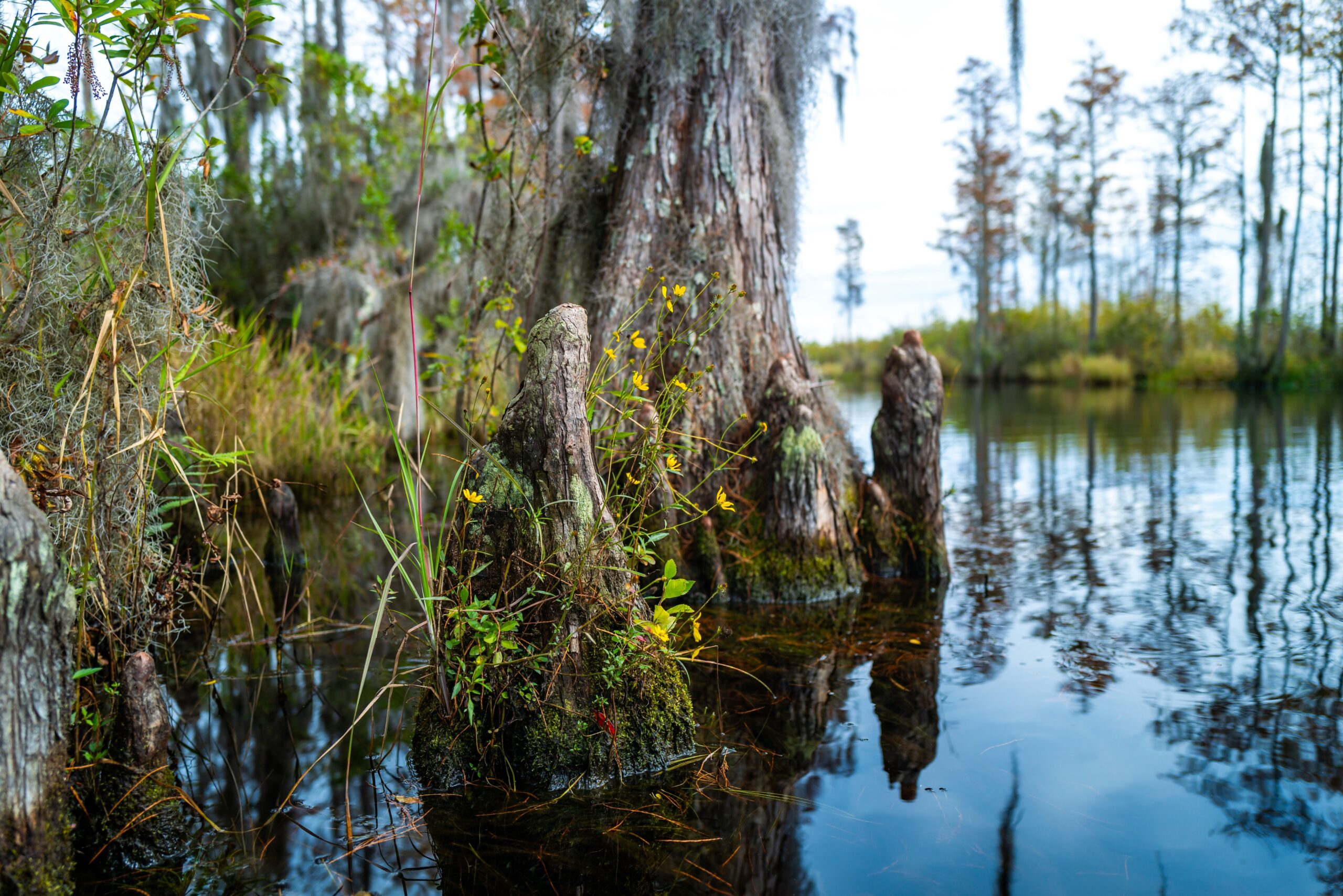
The Okefenokee Swamp is a vast, peat-filled wetland that spans across Georgia and Florida. This swamp is known for its haunting beauty, with dark, still waters reflecting towering cypress trees draped in Spanish moss. Alligators glide silently through the water, while sandhill cranes wade in the shallows. The swamp’s intricate network of waterways is home to many species, including the rare Florida black bear. The Okefenokee’s ecosystem is ancient, dating back thousands of years, and remains largely untouched by human hands.
Pantanal, Brazil
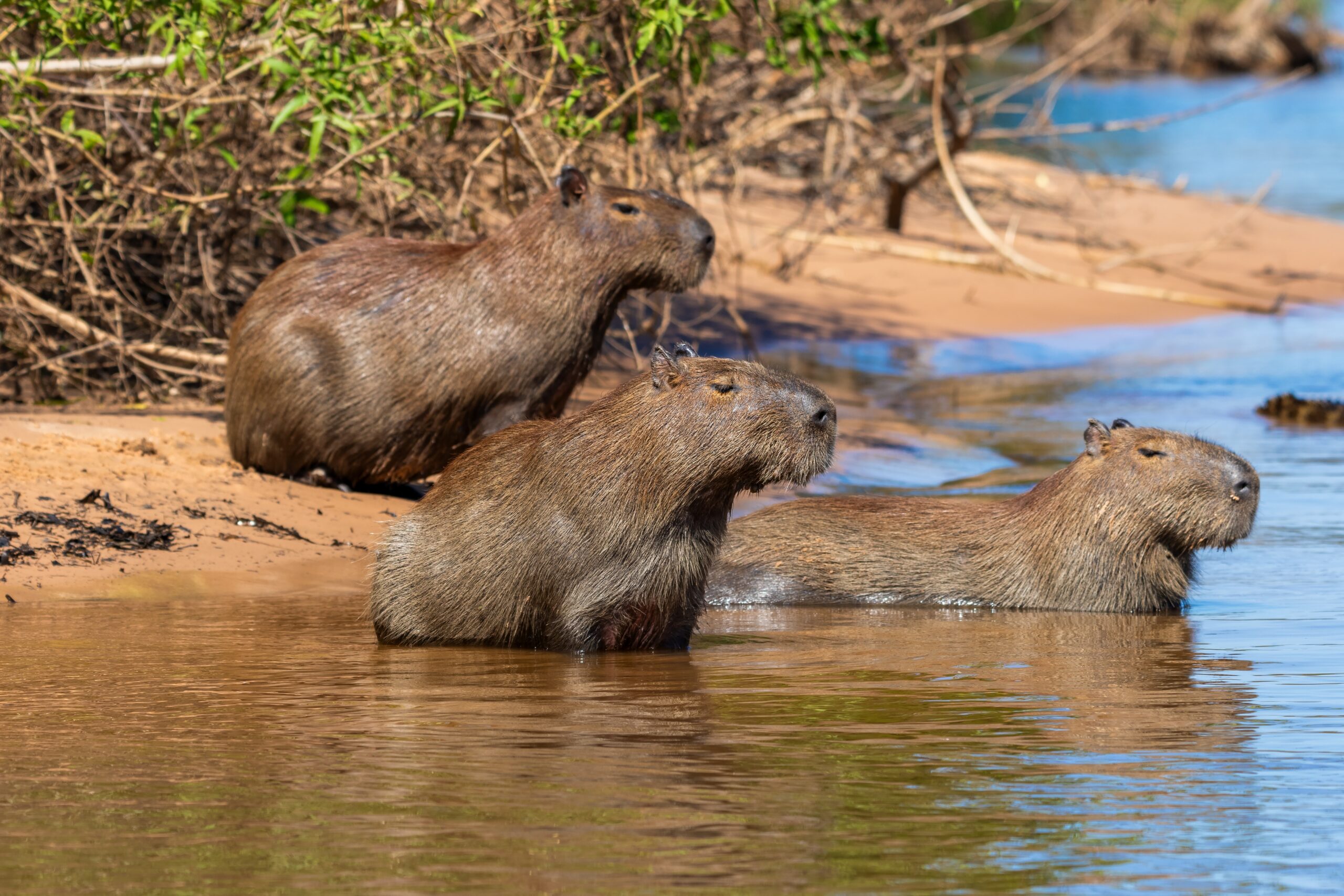
The Pantanal is the world’s largest tropical wetland, stretching across Brazil, Bolivia, and Paraguay. Unlike other swamps, the Pantanal is a seasonal floodplain that becomes a sprawling mosaic of water and islands during the rainy season. This unique environment supports an incredible diversity of wildlife, including jaguars, giant otters, and hundreds of bird species. Capybaras, the world’s largest rodents, can be seen grazing along the water’s edge. The Pantanal is also a vital habitat for the endangered marsh deer and the elusive maned wolf.
Sundarbans, Bangladesh/India
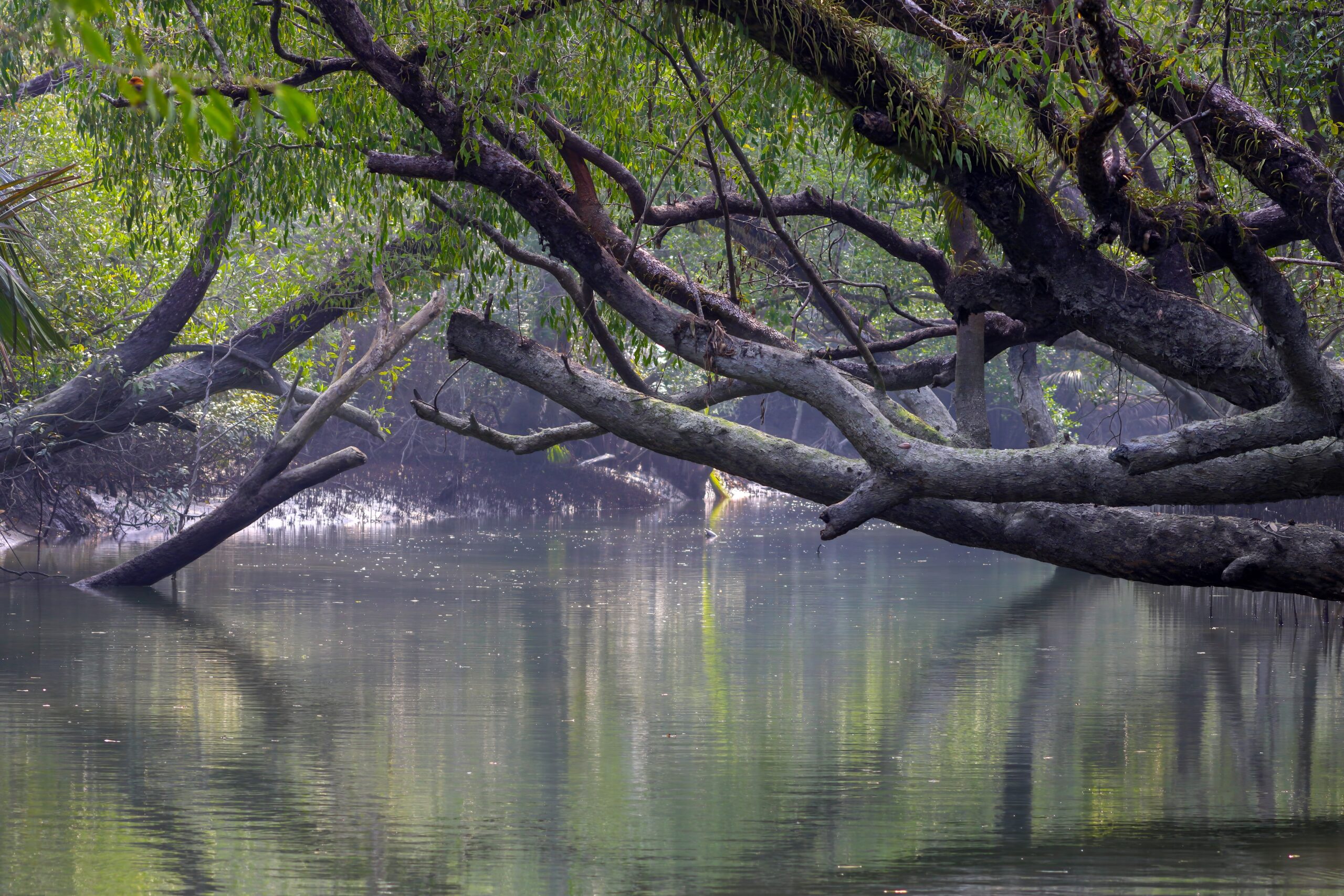
The Sundarbans is a vast mangrove forest located at the delta of the Ganges, Brahmaputra, and Meghna rivers. This swampy region is renowned for its dense mangrove trees and the critically endangered Bengal tiger. The Sundarbans is a labyrinth of tidal waterways, mudflats, and small islands, making it one of the most challenging habitats to explore. Crocodiles bask on muddy banks, while spotted deer cautiously graze in the shade. This UNESCO World Heritage Site is also home to the unique Irrawaddy dolphin and the vulnerable Ganges river dolphin.
Atchafalaya Basin, Louisiana, USA
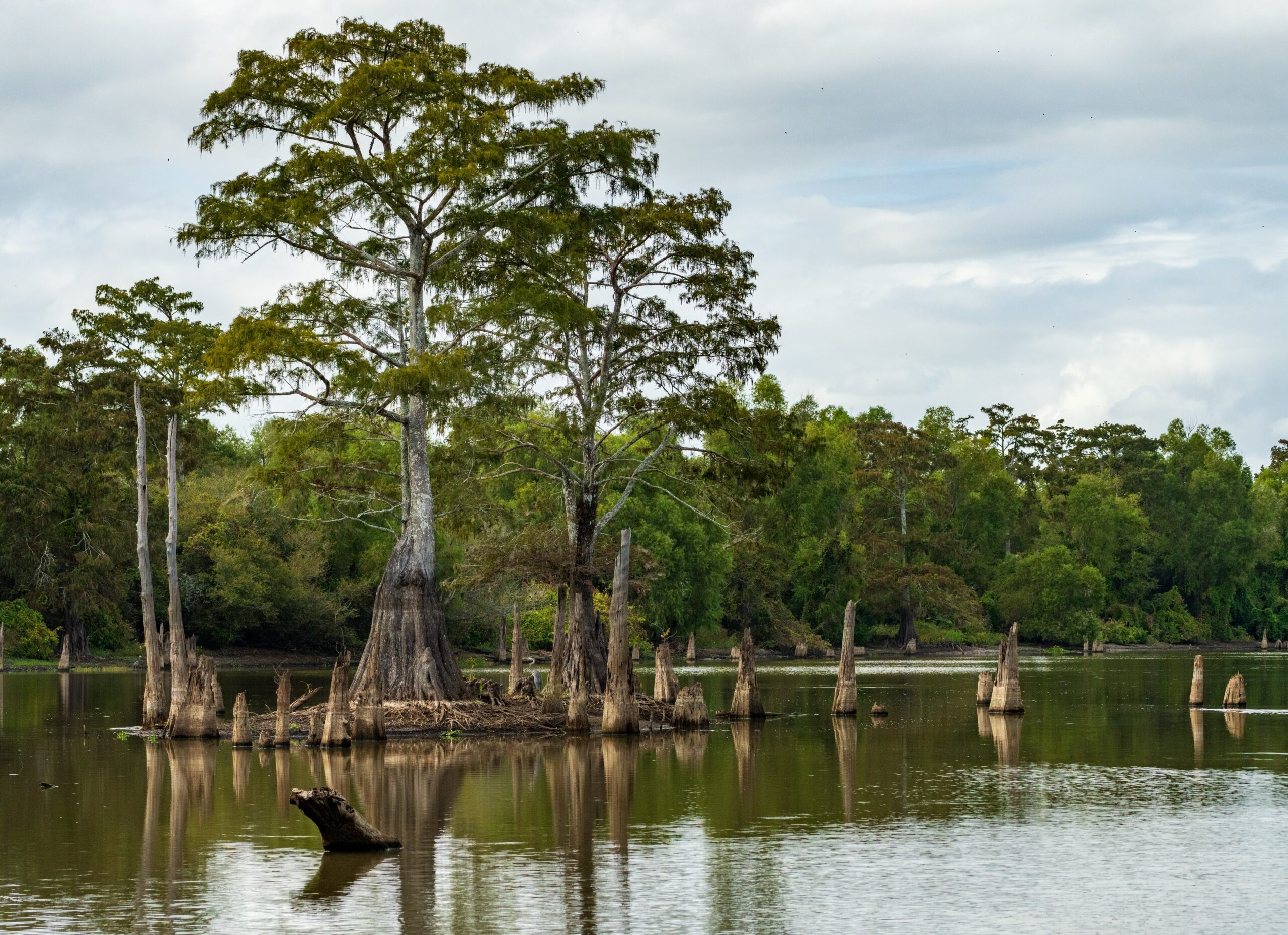
The Atchafalaya Basin is the largest swamp in the United States, covering nearly one million acres of Louisiana. This sprawling wetland is a complex ecosystem of rivers, bayous, and cypress swamps. The Atchafalaya is teeming with wildlife, including alligators, black bears, and the rare ivory-billed woodpecker. In the spring, the swamp comes alive with the sounds of migratory birds. The waters are home to a rich variety of fish, including catfish and bass. The Atchafalaya Basin is a vital floodplain that helps protect the Mississippi River from flooding.
Vasyugan Swamp, Russia
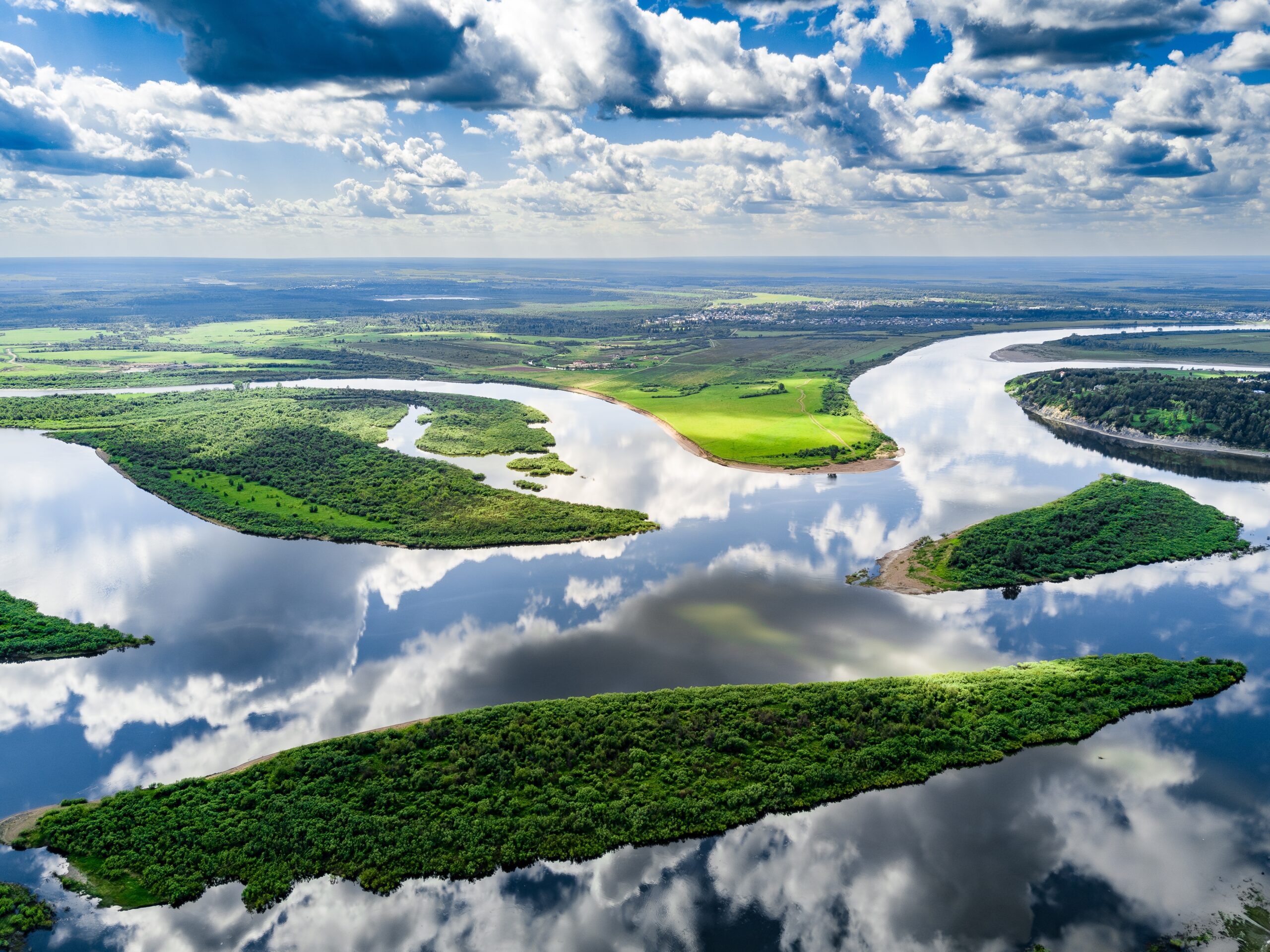
The Vasyugan Swamp is one of the largest swamps in the world, covering an area larger than Switzerland. Located in Siberia, this vast wetland is a remote and inhospitable place, with deep peat bogs and dense forests. The Vasyugan Swamp is home to a unique array of wildlife, including the endangered Siberian crane. The swamp’s isolated location has allowed it to remain largely undisturbed by human activity. Moose and brown bears roam the forested areas, while wolves hunt in the open bogs. The Vasyugan Swamp is a critical part of the region’s water cycle, storing vast amounts of freshwater.
Biebrza Marshes, Poland

The Biebrza Marshes are the largest wetland in Poland and one of the most pristine in Europe. This expansive swamp is a haven for birdwatchers, with over 270 species of birds recorded in the area. The marshes are particularly important for the conservation of the aquatic warbler, a globally threatened species. Elk and beavers are common in the wetlands, while wolves and lynx are elusive residents of the surrounding forests. The Biebrza Marshes are a labyrinth of rivers, peat bogs, and reed beds, making it a paradise for nature enthusiasts and a vital refuge for wildlife.
Everglades, Florida, USA
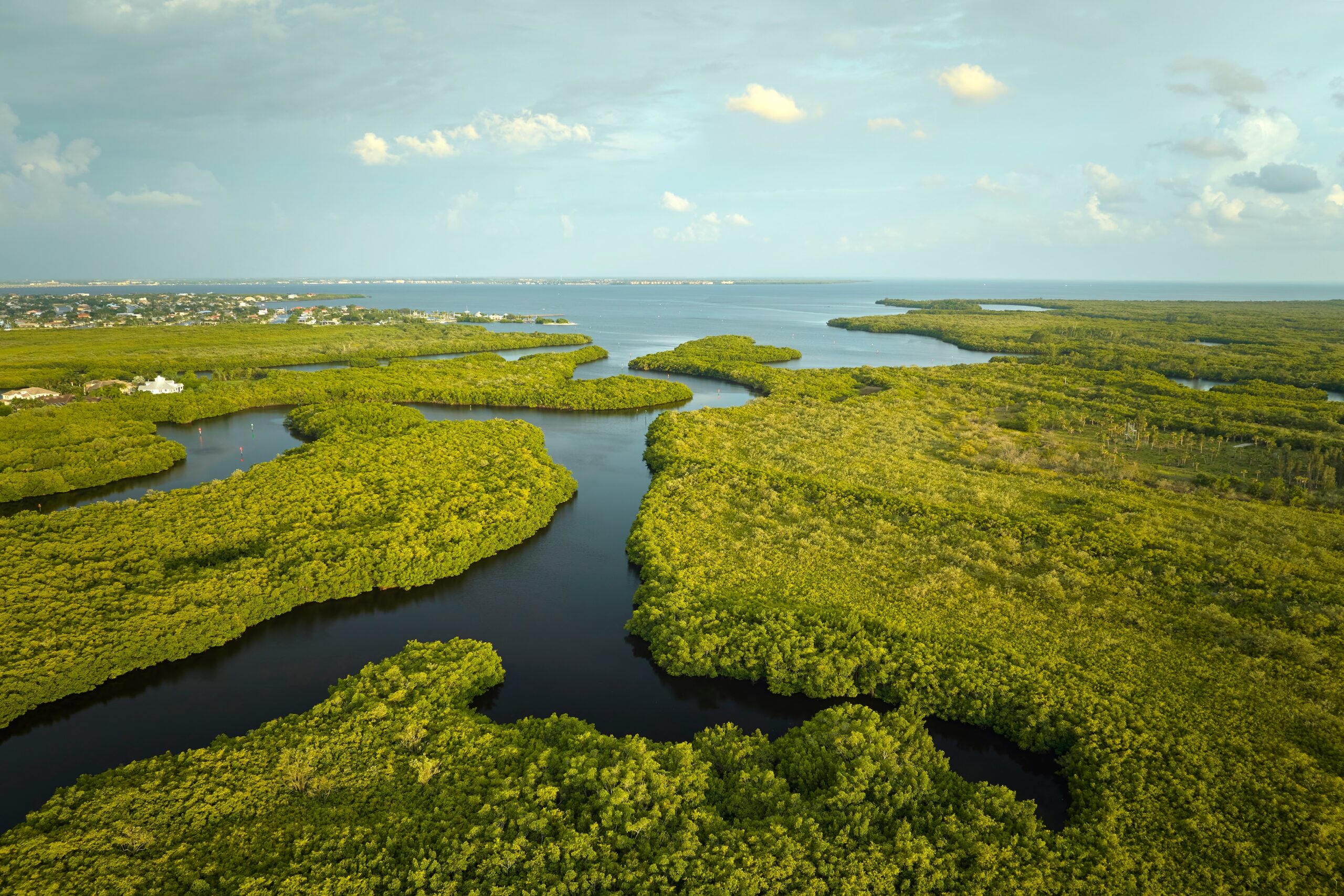
The Everglades is a vast, slow-moving river of grass that stretches across southern Florida. This unique ecosystem is home to a remarkable diversity of wildlife, including the endangered Florida panther. Alligators and crocodiles coexist in the Everglades, making it one of the few places in the world where both species are found. Wading birds, such as herons and egrets, are abundant, while manatees glide through the waters of the coastal mangroves. The Everglades is a fragile ecosystem, threatened by development and water pollution, but it remains one of the most iconic swamps in the world.
Mesopotamian Marshes, Iraq
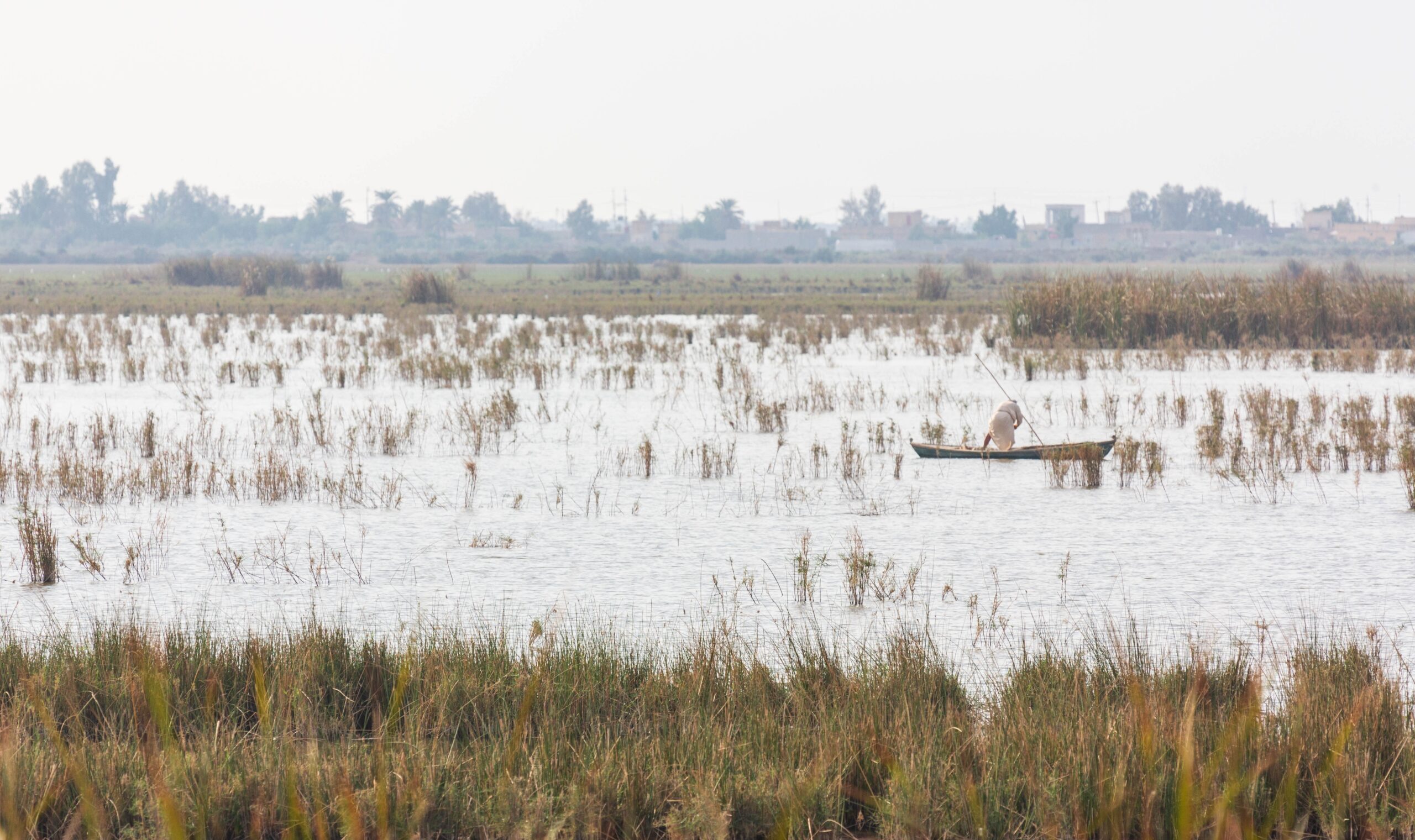
The Mesopotamian Marshes are one of the most unique wetlands in the world, located in the southern part of Iraq. These marshes were once almost completely drained, but have since been partially restored. The marshes are a crucial habitat for a variety of wildlife, including the endangered Basra reed warbler and the smooth-coated otter. Water buffalo graze in the shallow waters, while pelicans and flamingos feed in the marshy areas. The Mesopotamian Marshes are also home to the Marsh Arabs, who have lived in harmony with this environment for millennia. The restoration of these wetlands is a symbol of hope for both the people and wildlife of the region.
Danube Delta, Romania
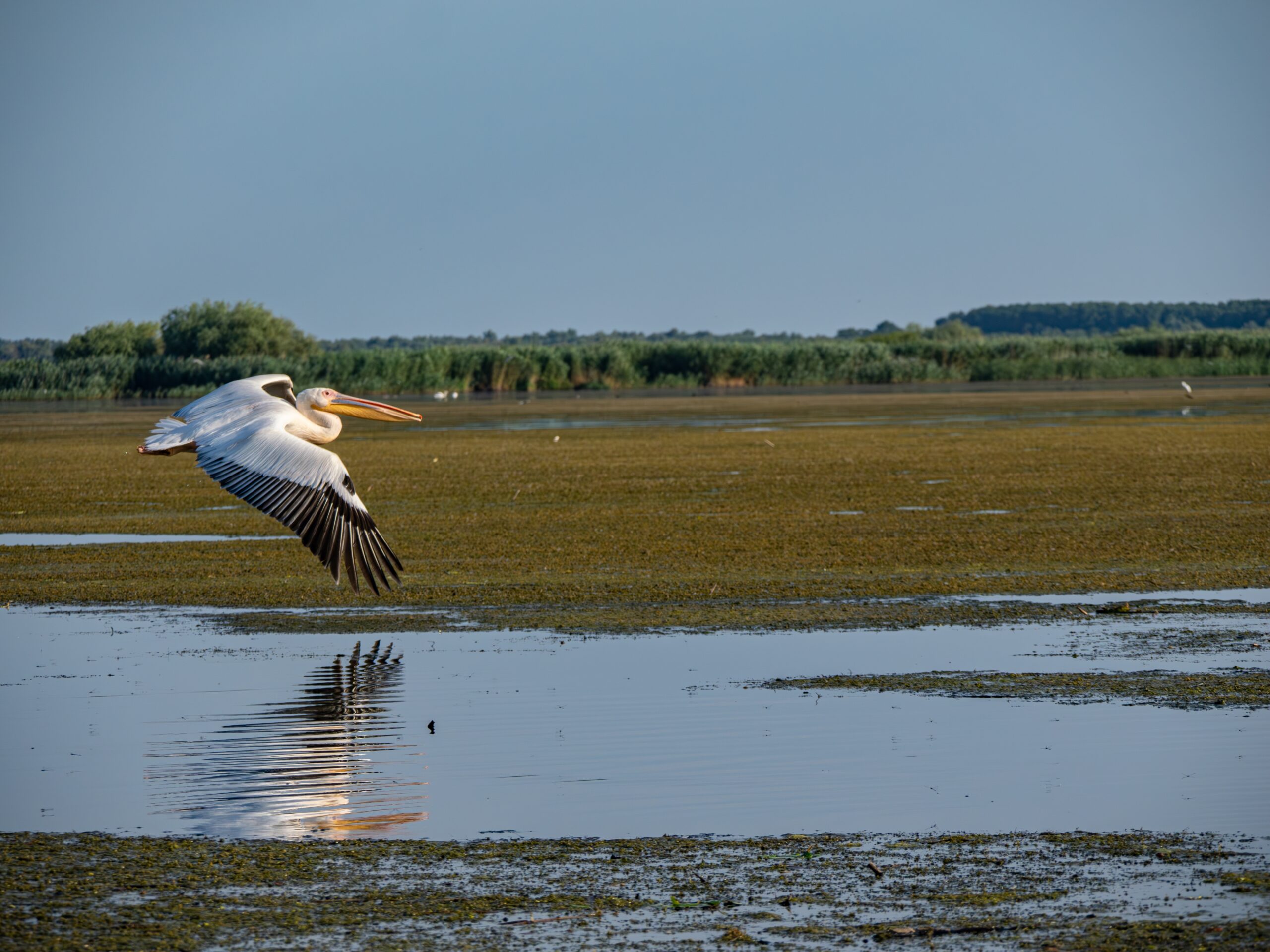
The Danube Delta is one of Europe’s most biodiverse regions. It spans across Romania and Ukraine, where the Danube River meets the Black Sea. The delta is a maze of rivers, marshes, and lakes teeming with life. Over 300 species of birds, including pelicans and herons, nest here. The waterways are home to rare fish species and amphibians. Lush vegetation provides a perfect breeding ground for these animals, making the delta a vital sanctuary.
Wasur National Park, Indonesia
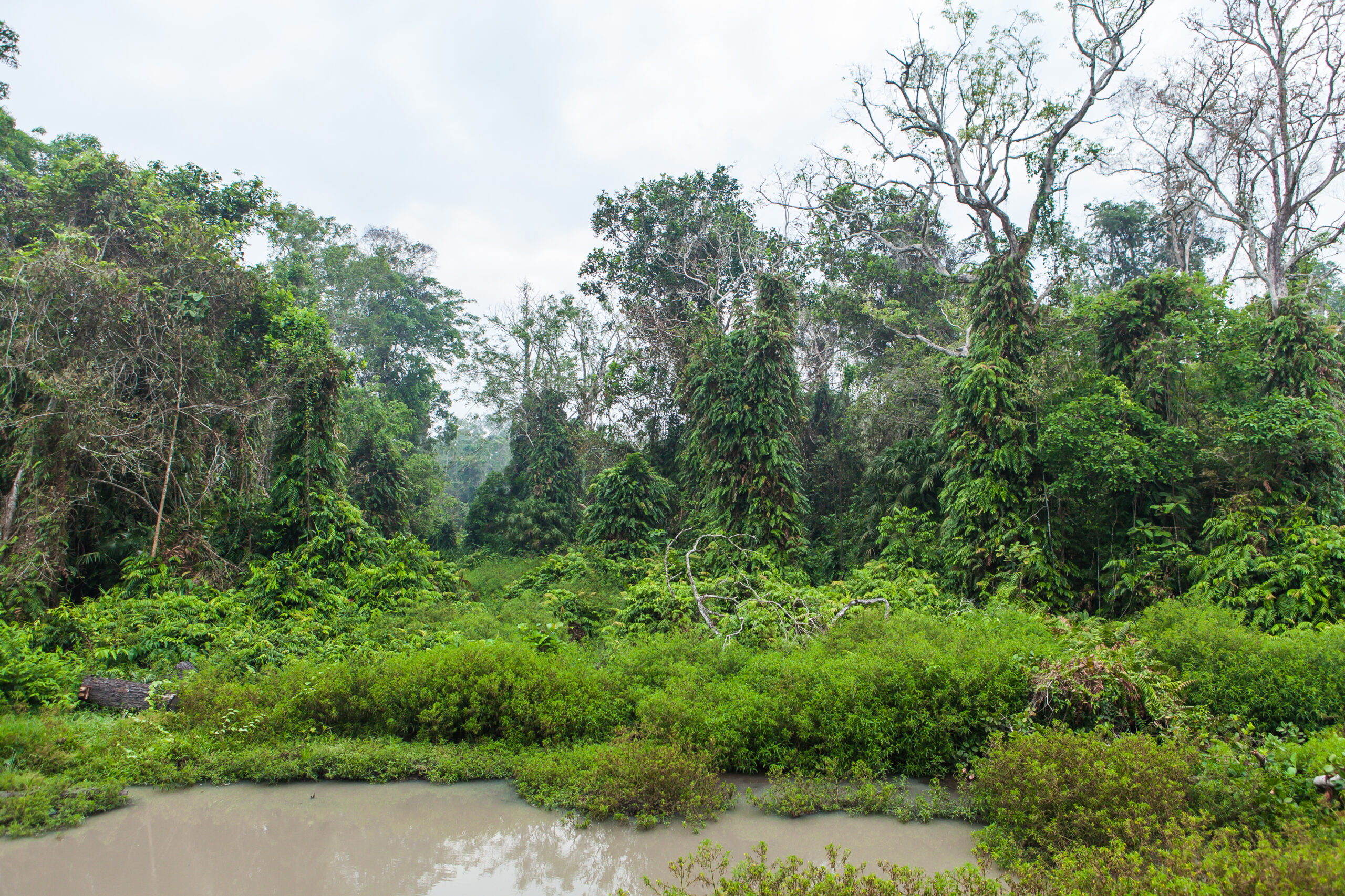
Wasur National Park in Indonesia is a vast and remote wetland. Located in Papua, it’s often referred to as the Serengeti of Papua. The park is a haven for wildlife, including numerous bird species, many of which are endemic. Swamp forests, savannas, and mangroves create diverse habitats. The park’s wetlands support species like the New Guinea crocodile and the agile wallaby. This untouched landscape is crucial for the conservation of its unique fauna.
Congaree Swamp, South Carolina, USA

Congaree Swamp is a national park in South Carolina. It’s known for its old-growth bottomland hardwood forest, the largest of its kind in the southeastern United States. The swamp is filled with towering trees draped in Spanish moss. A rich variety of wildlife thrives here, including bobcats, otters, and various amphibians. The park’s floodplain ecosystem supports a dynamic environment, constantly renewed by the seasonal flooding of the Congaree River.
This article originally appeared on Rarest.org.
More from Rarest.org
19 Rare Autographs of Historic Figures That Collectors Seek Out

Collecting autographs offers a tangible link to history. Rare autographs of historic figures hold immense value for collectors. Read More.
14 Unexpected Delights in Canadian Urban Centers

Canada’s urban centers are known for their dynamic blend of cultures, history, and modern life. Beyond the iconic landmarks, each city has hidden gems that offer unique experiences. Read More.
19 Most Expensive Livestock Animals in Agriculture

In the world of agriculture, some livestock animals stand out not just for their unique characteristics but also for their hefty price tags. Read More.
